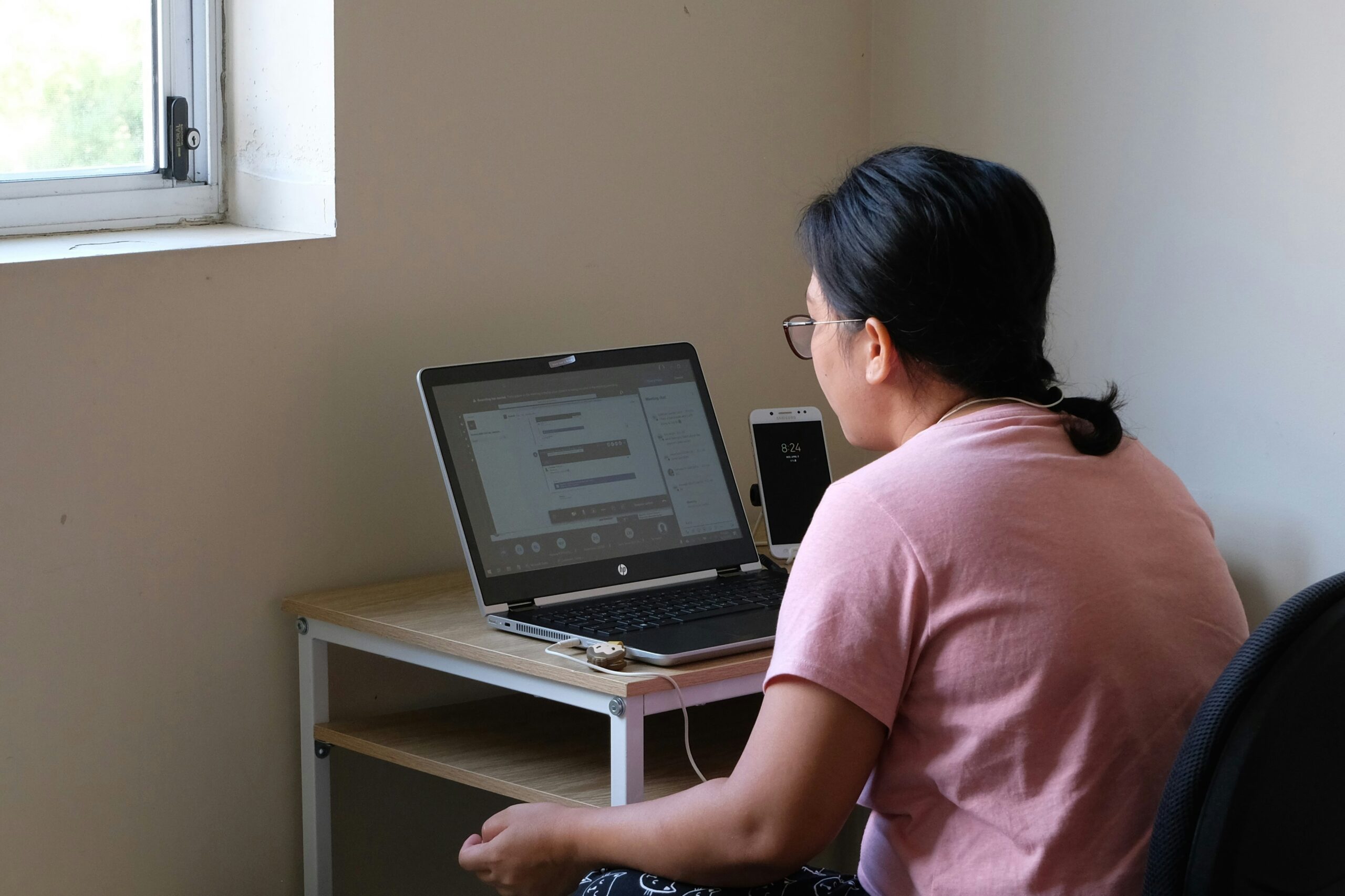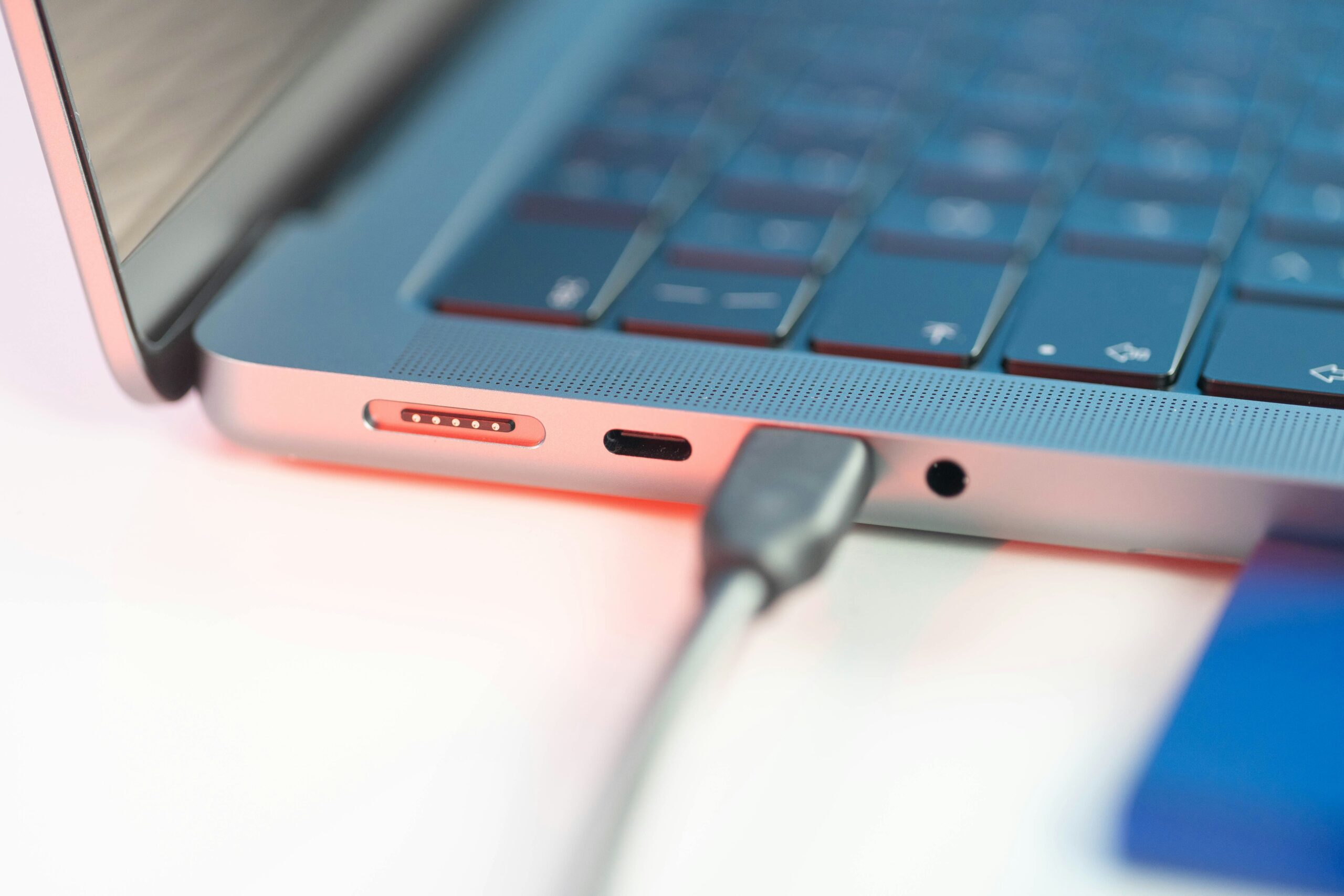
The Panic of the Blue Screen: Sarah’s Story
It was a rainy Tuesday morning when Sarah booted up her laptop to prepare for an important virtual presentation. She had spent weeks compiling reports, building presentations, and gathering insights—all stored neatly on her external hard drive. But as she plugged it in, something unexpected happened.
“The file or directory is corrupted and unreadable.”
Her screen flashed with the dreaded message. The external hard drive that had never failed her before now refused to open. Her heart sank. Years of work, personal memories, and client files—potentially lost in the blink of an eye.
If you’ve found yourself in Sarah’s shoes, you’re not alone. Hard drive corruption is a common, yet terrifying, tech problem. Whether it’s an internal drive or an external USB, the damage can feel irreversible. But here’s the good news:
You can often fix a corrupted hard drive.
Let’s walk through the causes, symptoms, and how to fix a corrupted hard drive—whether you’re tech-savvy or a complete beginner.
What Is a Corrupted Hard Drive?
A corrupted hard drive occurs when the data on the disk becomes inaccessible, damaged, or altered in a way that renders it unreadable by your operating system. This corruption can affect just a few files or the entire drive.
You might ask: “How do I fix a corrupted hard drive when my computer doesn’t even recognize it?” Don’t worry—there’s a method to the madness.
Common Symptoms of a Corrupted Hard Drive
Before diving into solutions, it’s important to identify the symptoms. A corrupted drive may show:
- Error messages like “Drive is not accessible” or “You need to format the disk before you can use it.”
- The drive not showing up in File Explorer (Windows) or Finder (Mac).
- Slow performance or freezing when accessing files.
- Missing or renamed files.
- Blue screen of death (BSOD) on Windows.
If these signs sound familiar, your drive may be corrupted. But the real question is…
How Do I Fix a Corrupted Hard Drive?
Let’s break this down into a step-by-step guide, starting from the easiest fixes to more advanced solutions.
Step 1: Don’t Panic – Disconnect and Reconnect

Sometimes, a simple reconnection does the trick. Here’s what you should do:
- Unplug the drive and wait a few seconds.
- Try connecting it to another USB port.
- Use a different cable or computer if possible.
Sometimes, the issue isn’t corruption—it’s just a faulty connection.
Step 2: Use Windows’ Built-In Error Checking Tool
If you’re on Windows, here’s how to fix a corrupted hard drive using built-in tools:
- Open File Explorer and locate the corrupted drive.
- Right-click > Properties > Tools tab.
- Under Error Checking, click Check.
Windows will scan and attempt to fix the drive. This may take several minutes.
✅ Pro Tip: Run this tool before jumping to formatting or third-party software.
Step 3: Try CHKDSK (Check Disk Utility)
The CHKDSK command is a powerful tool to fix file system errors.
Here’s how to use it:
- Type cmd in the Start Menu.
- Right-click Command Prompt > Run as administrator.
- Type the following command:

(Replace “X” with your drive letter.)
- /f fixes errors
- /r locates bad sectors and recovers data
- /x forces the volume to dismount before the process starts
Let it run. It might take some time depending on the size of your drive.
Step 4: Use Disk Management to Check Status
Windows Disk Management can tell you if the drive is healthy.
- Right-click the Start button > Disk Management.
- Look for your drive. Check if it’s Healthy, Unallocated, or RAW.
If the drive is showing as RAW or unallocated, your file system is likely damaged. But recovery might still be possible.
Step 5: Try Free Recovery Tools Before Formatting
Here’s where the magic happens. If the above steps didn’t work, it’s time for data recovery tools. These help retrieve your files from corrupted drives.
Popular Free Tools:
- Recuva (for basic recovery)
- TestDisk (for more advanced users)
- PhotoRec (focuses on media files)
- EaseUS Data Recovery Wizard (has a free tier)
✅ Important: Always save recovered files to a different drive.
Step 6: As a Last Resort, Format the Drive
If data recovery isn’t possible or the drive is empty, formatting can revive a corrupted hard drive.
How to Format (Windows):
- Go to File Explorer > Right-click the drive > Format.
- Choose NTFS (Windows) or exFAT (cross-platform).
- Click Start.

This wipes everything but restores the drive’s structure. Once formatted, the drive becomes usable again.
How Do I Fix a Corrupted Hard Drive Without Formatting?
Great question—and one many users ask to avoid losing data.
To avoid formatting:
- Use CHKDSK.
- Try diskpart to assign a new letter (if it’s not visible).
- Use data recovery tools.
- Update disk drivers (Device Manager > Disk drives > Update driver).
Always exhaust non-destructive options before formatting.
What Causes a Hard Drive to Become Corrupted?
Understanding the cause helps you prevent future issues. Common reasons include:
- Power failures during read/write operations.
- Improper ejection of external drives.
- Physical damage (like dropping the drive).
- Virus or malware infections.
- Bad sectors or aging hardware.
Can a Physically Damaged Hard Drive Be Fixed?
If you suspect physical damage (clicking sounds, overheating, visible damage), do not try to fix it yourself.
Instead:
- Turn off your computer.
- Contact a professional data recovery service.
DIY repairs can make things worse.
Prevention: How to Avoid Hard Drive Corruption
They say prevention is better than cure. Here’s how to keep your hard drive healthy:
✅ Always eject drives safely
✅ Use a surge protector
✅ Back up your data regularly
✅ Run antivirus scans frequently
✅ Avoid filling the drive to full capacity

And perhaps most importantly: Don’t ignore early signs of trouble.
FAQs: Fixing a Corrupted Hard Drive
Q: How do I fix a corrupted hard drive without losing data?
Use CHKDSK, data recovery software, and avoid formatting until you’ve tried all else.
Q: How do I know if my hard drive is permanently damaged?
Loud clicking, not spinning up, or not showing in BIOS are red flags. These usually indicate hardware failure.
Q: Can I fix a corrupted hard drive on Mac?
Yes! Use Disk Utility > First Aid. Mac has built-in tools similar to CHKDSK.
Sarah’s Resolution
Back to Sarah. After a quick panic and a few YouTube tutorials, she tried CHKDSK. It took an hour—but when it finished, her files appeared. She immediately backed them up to the cloud and swore she’d never ignore the “safely remove hardware” icon again.
Her story had a happy ending—and yours can too.
Final Thoughts: How Do I Fix a Corrupted Hard Drive?
Fixing a corrupted hard drive can be stressful, but with patience and the right tools, you often can recover your data and restore the drive. From command-line utilities to recovery software, the solutions are within reach—even if you’re not a tech genius.
So the next time your drive throws an error, take a deep breath, open this guide, and remember: You’ve got this.
Have you fixed a corrupted hard drive before? Got a horror story (or success story)? Share it in the comments below—someone out there needs to hear it.
image credit : unsplash.com


